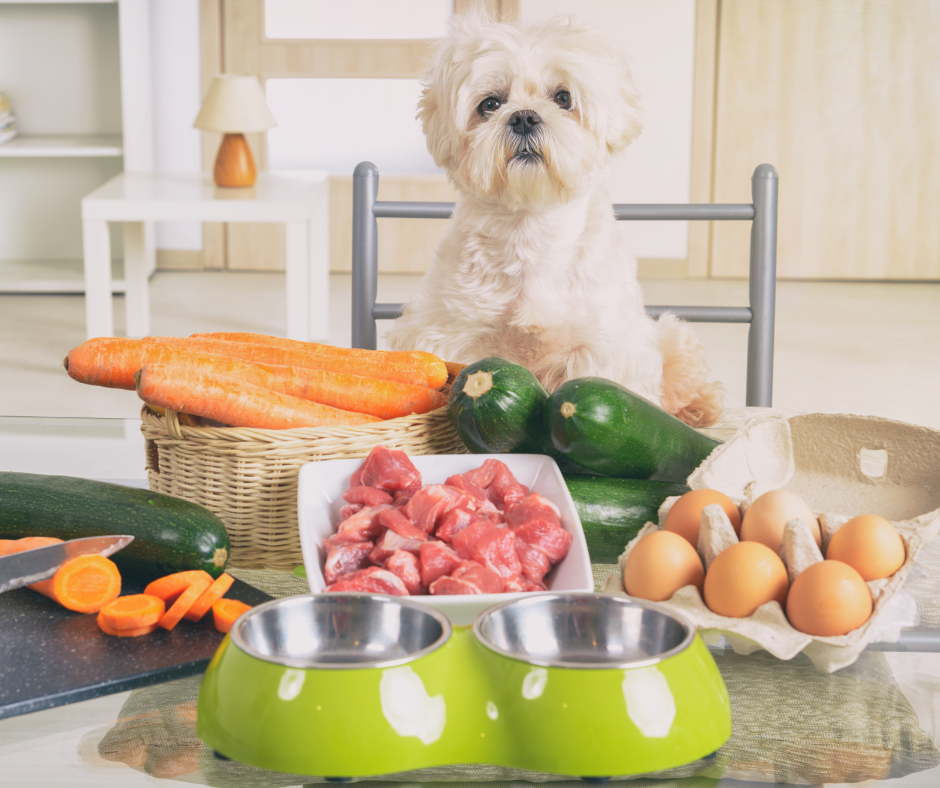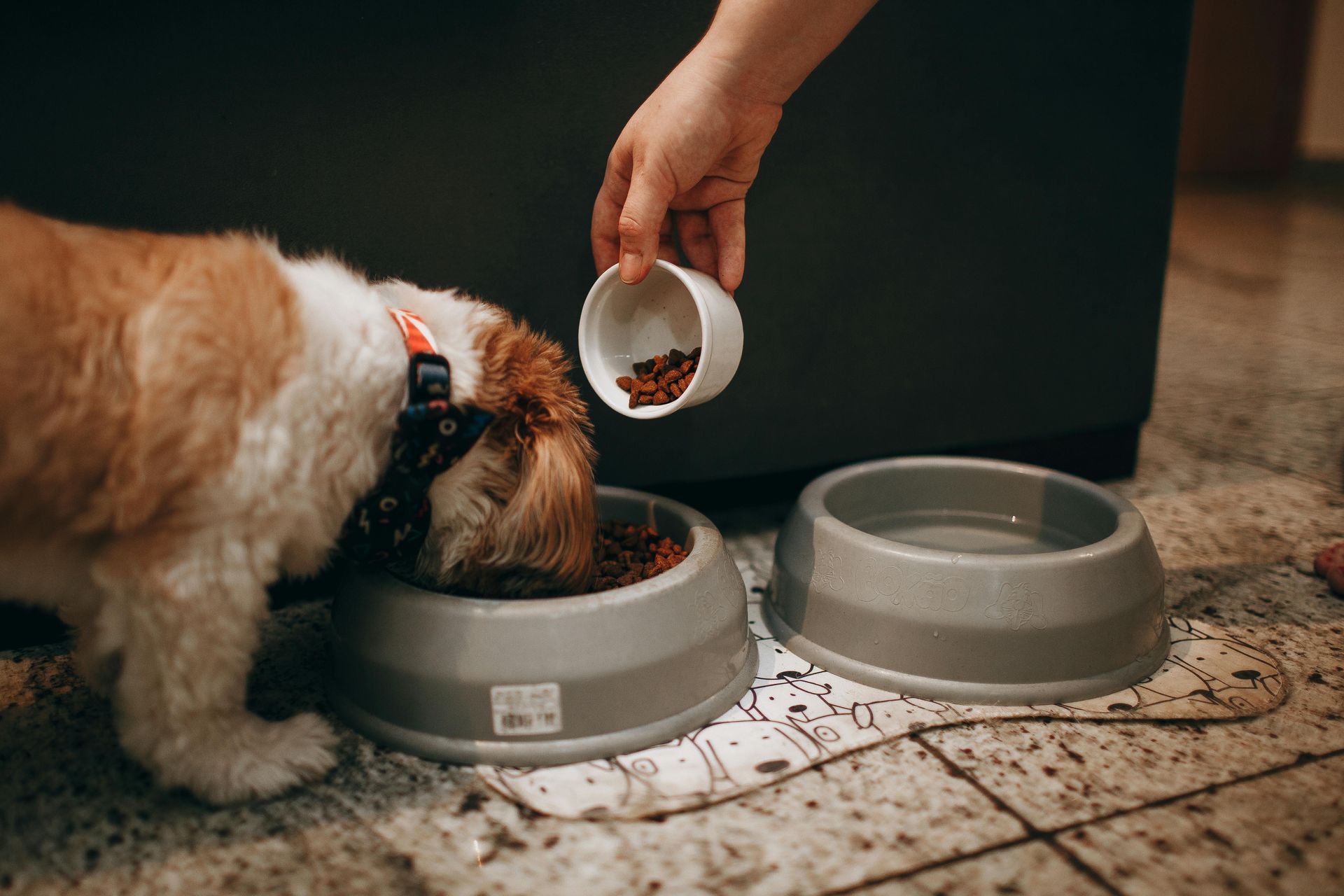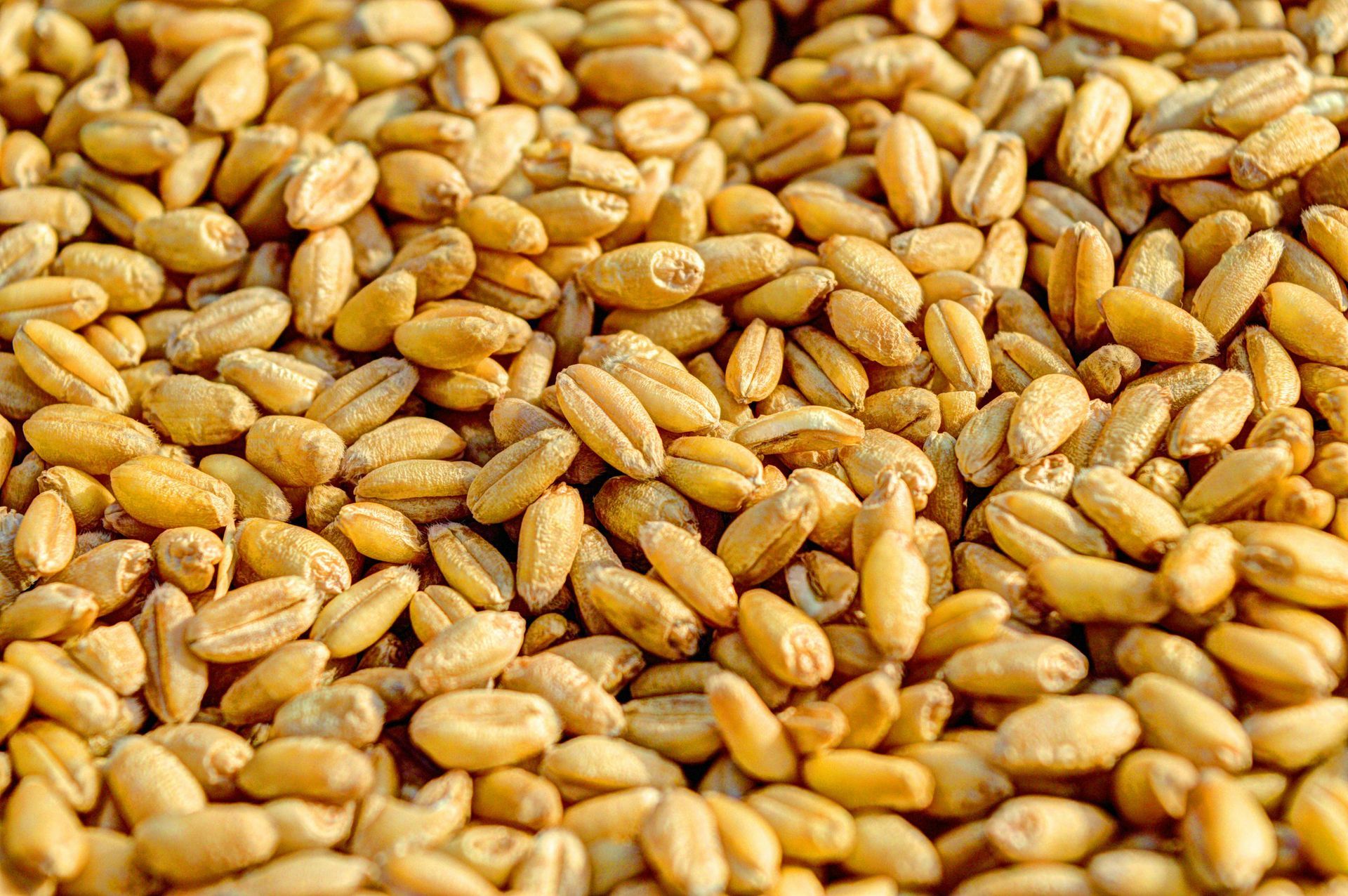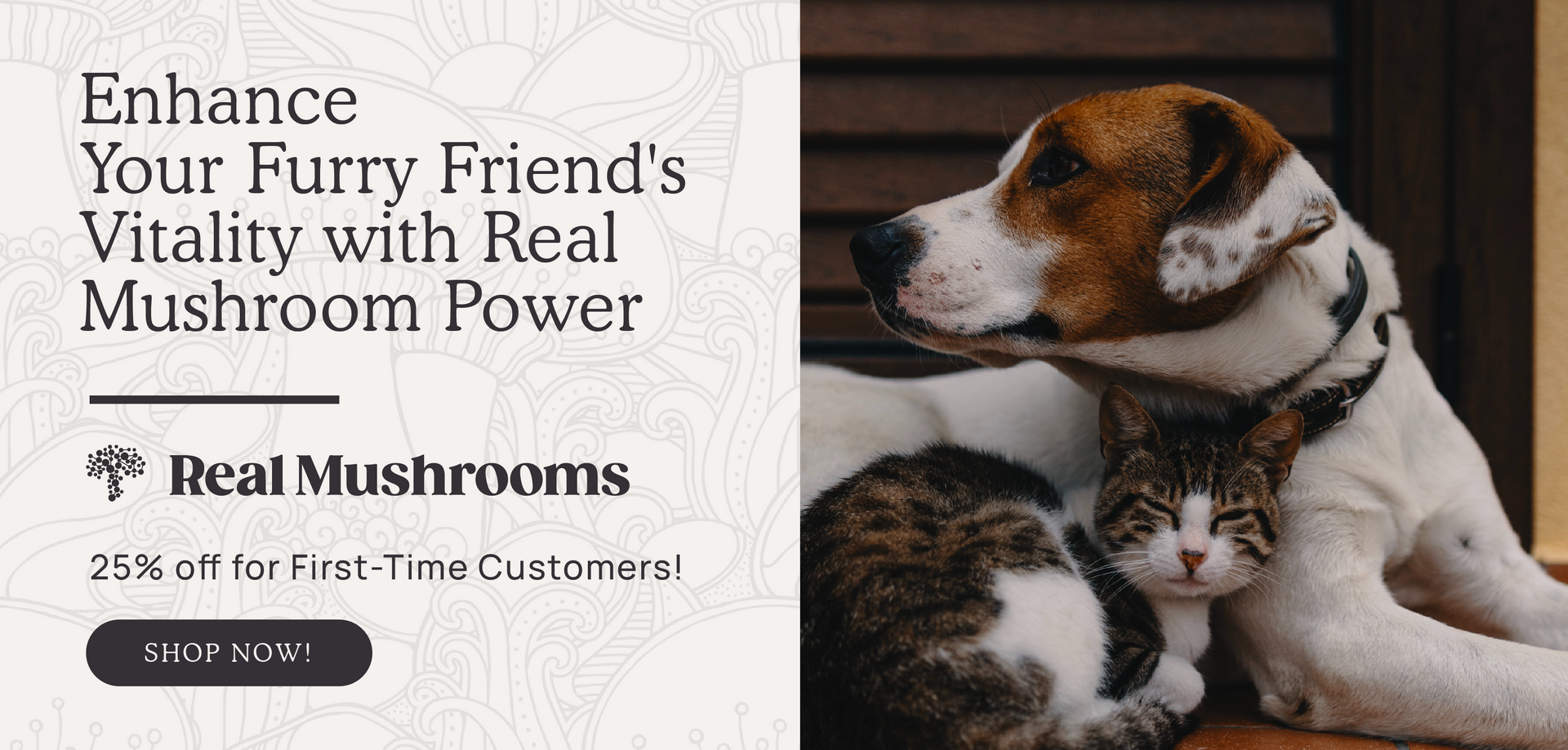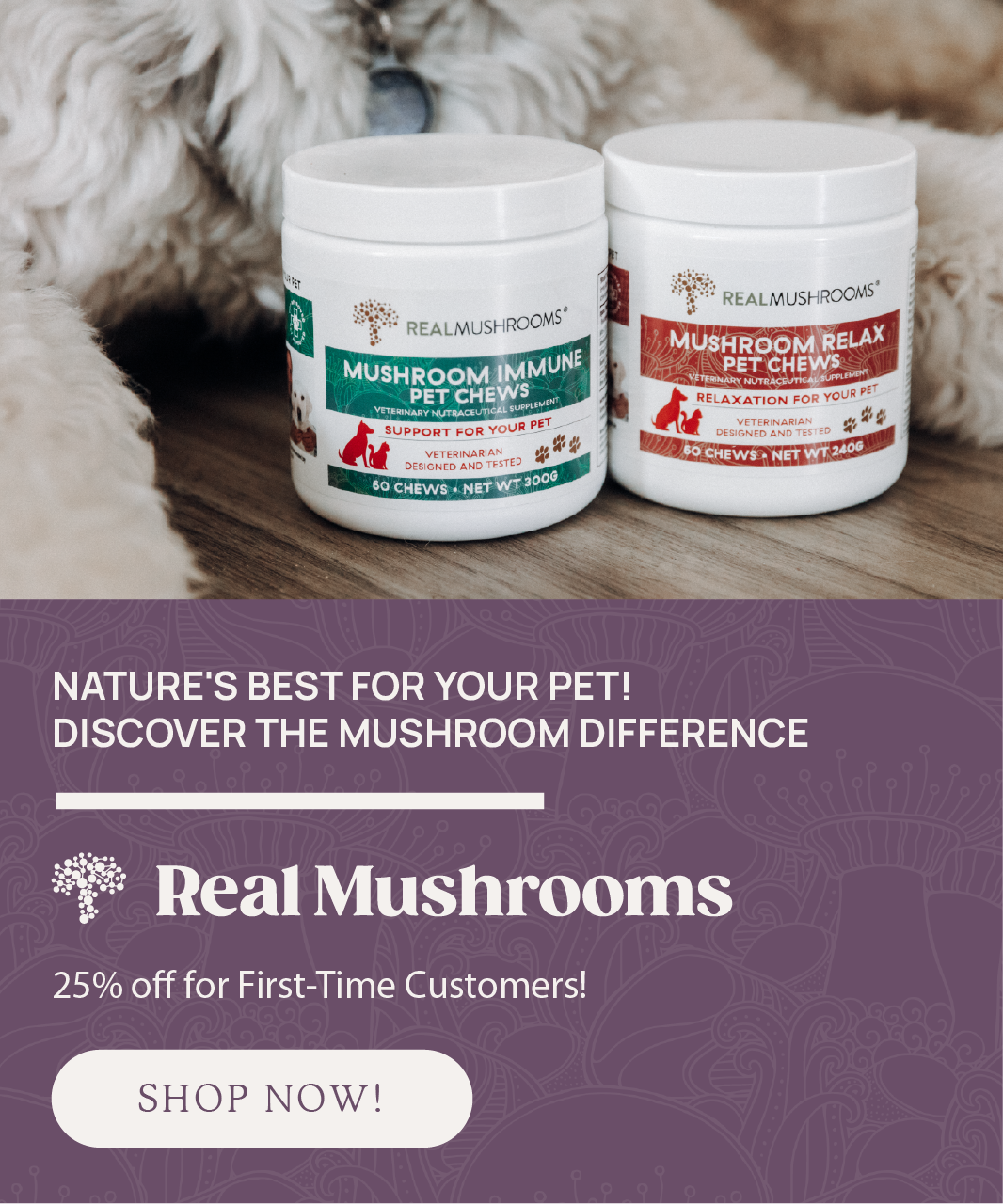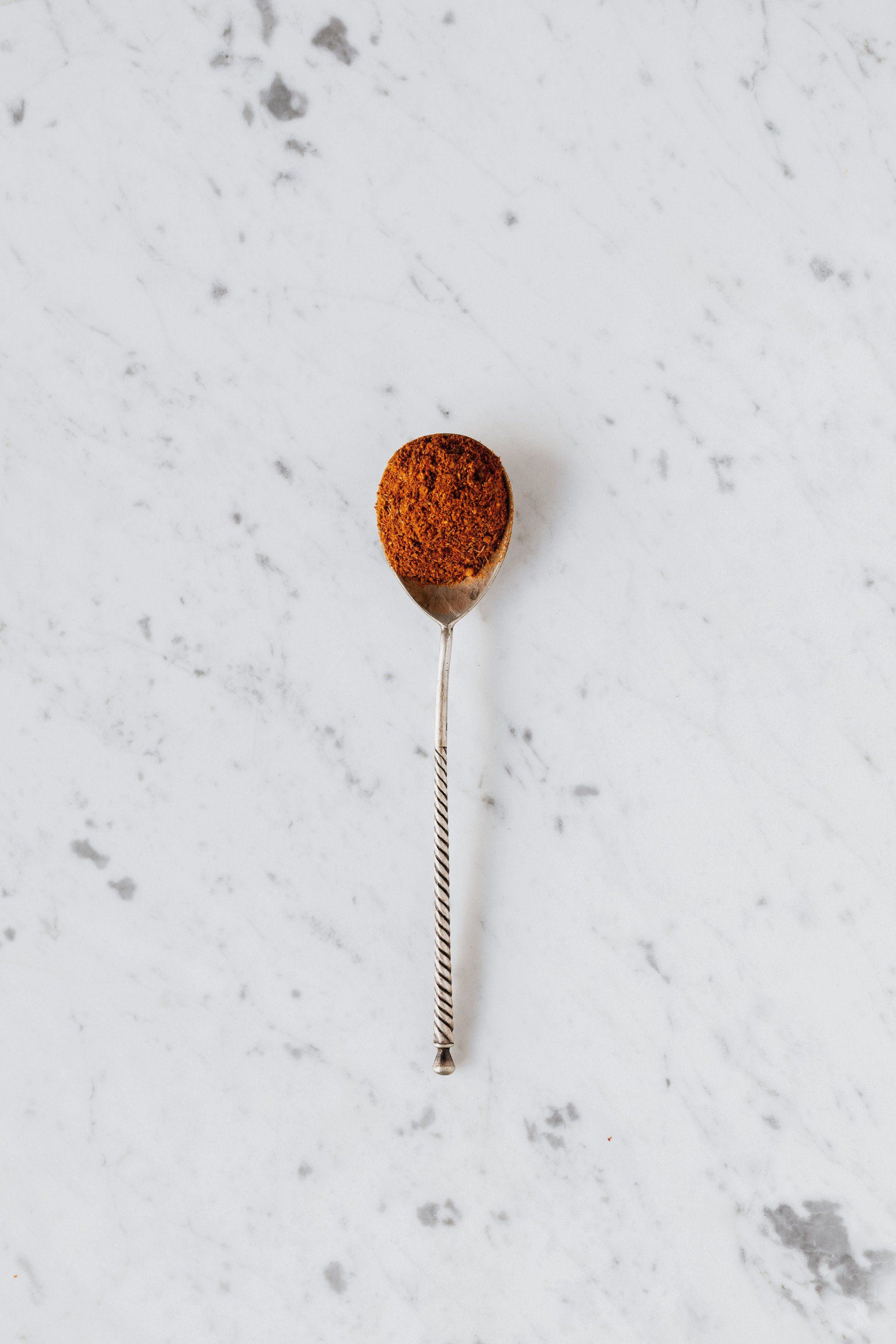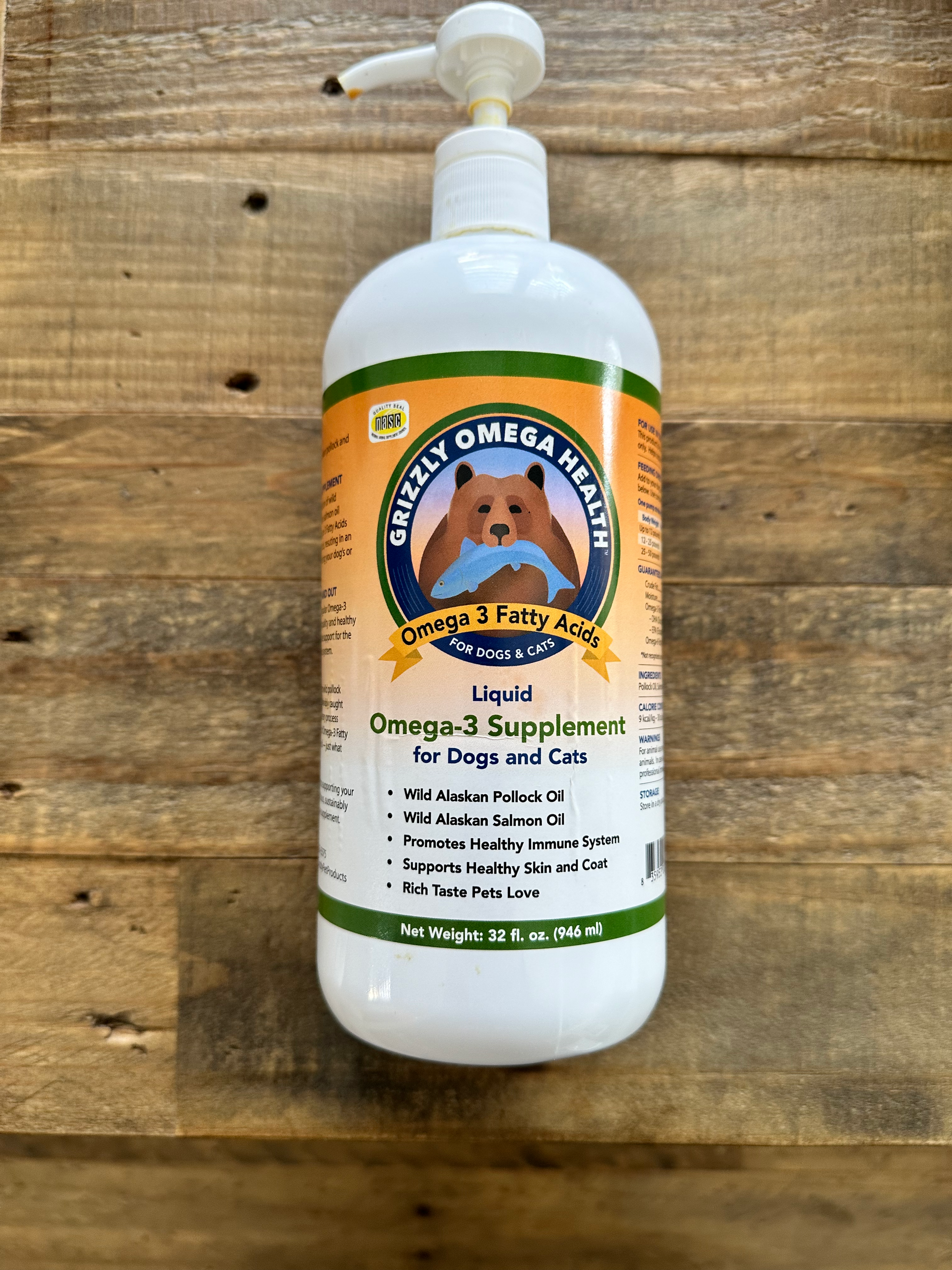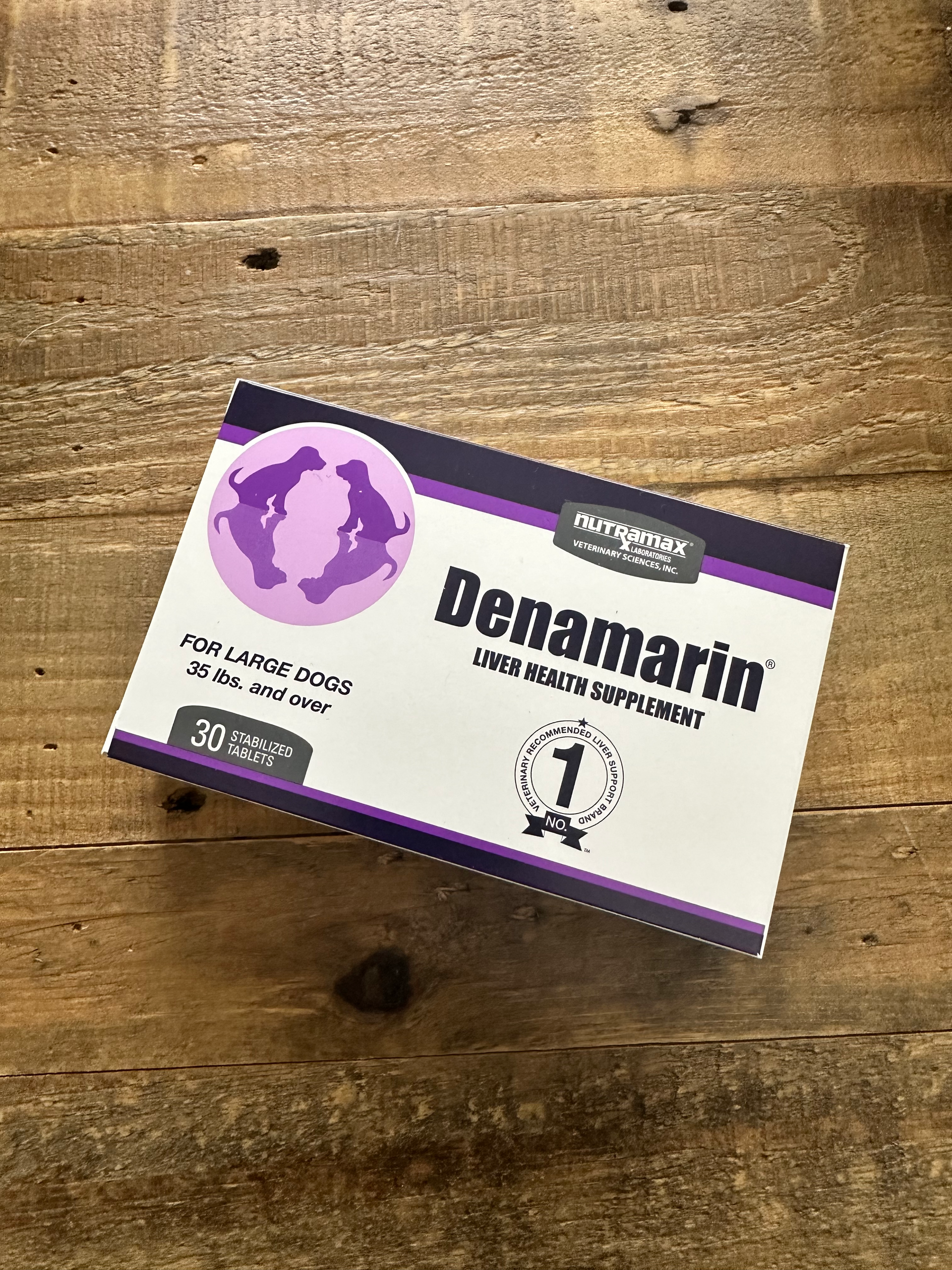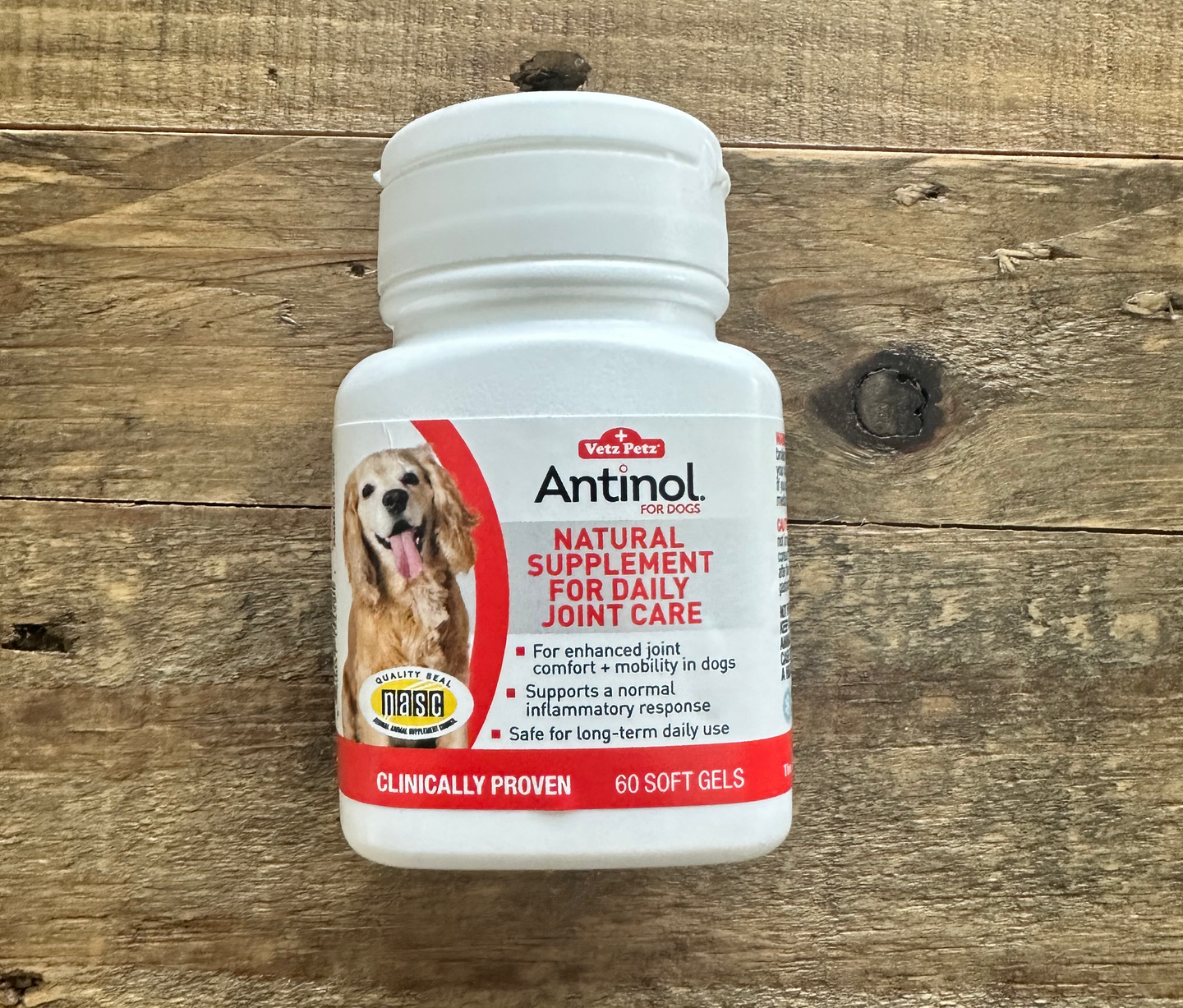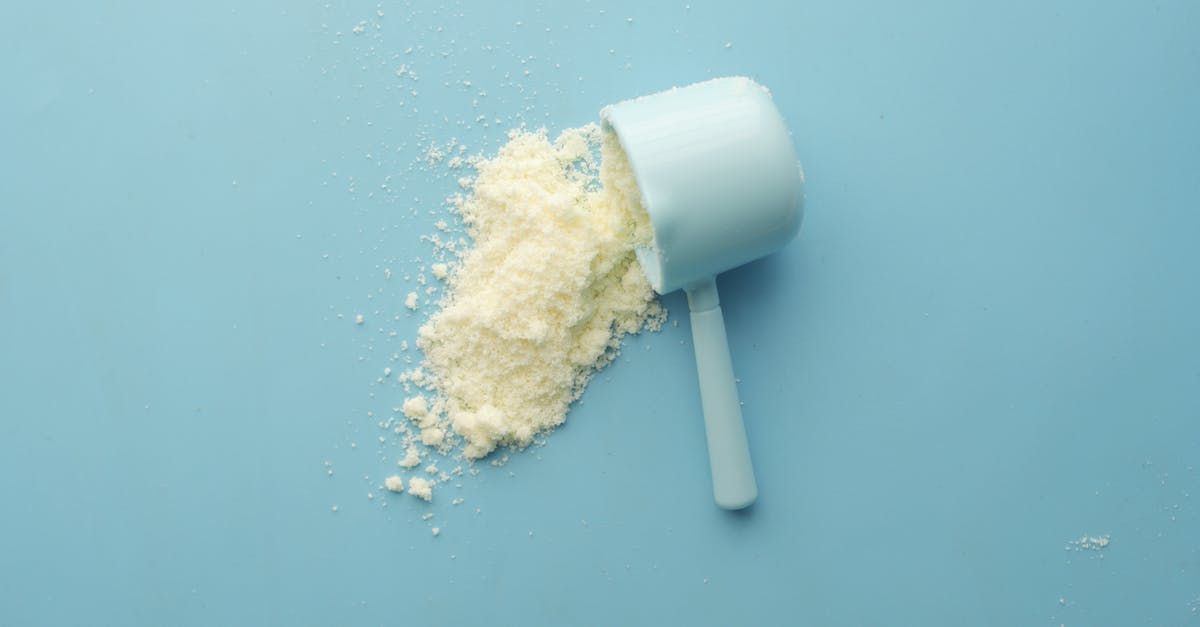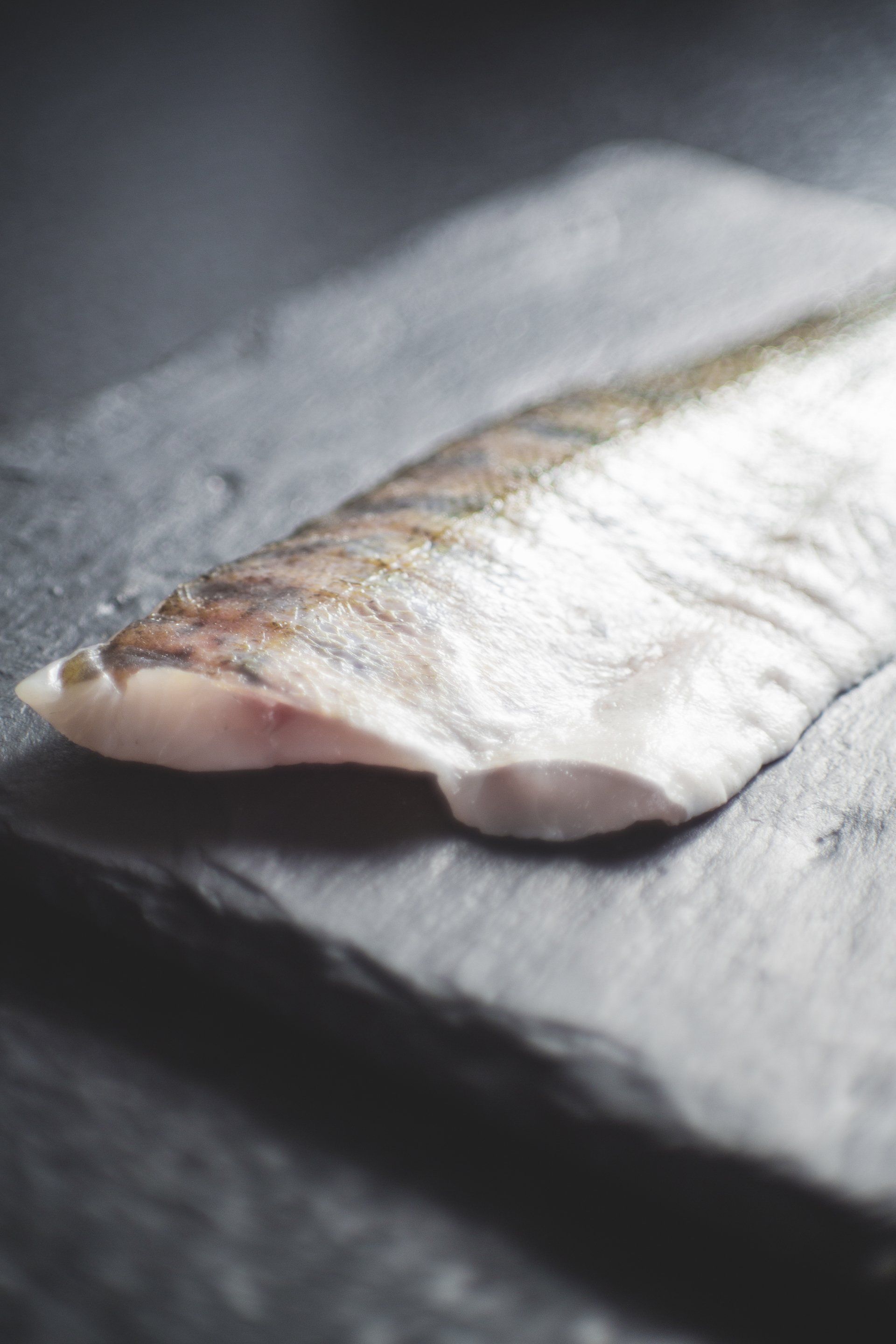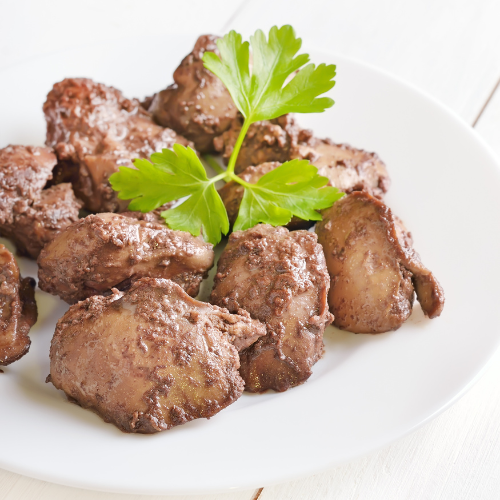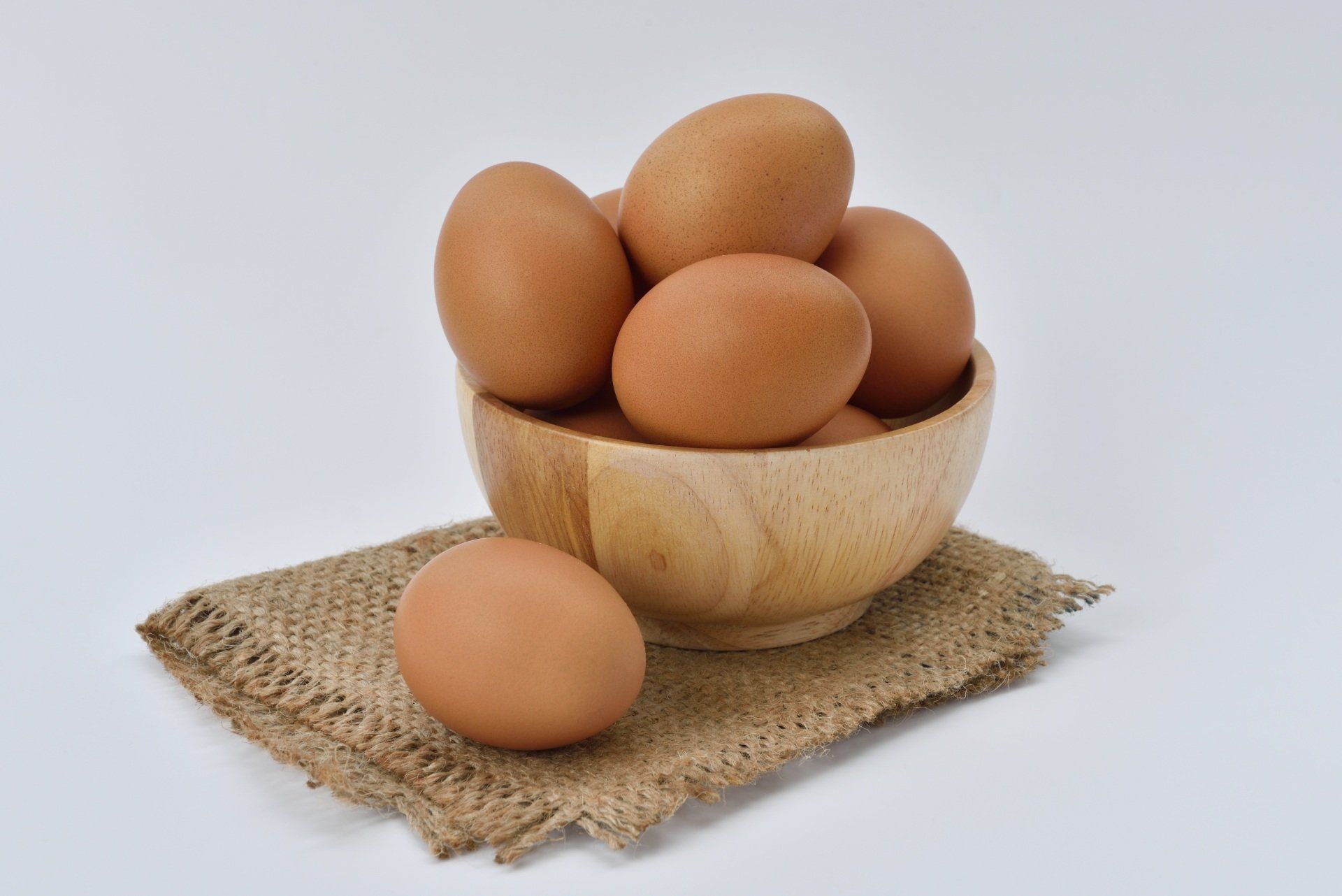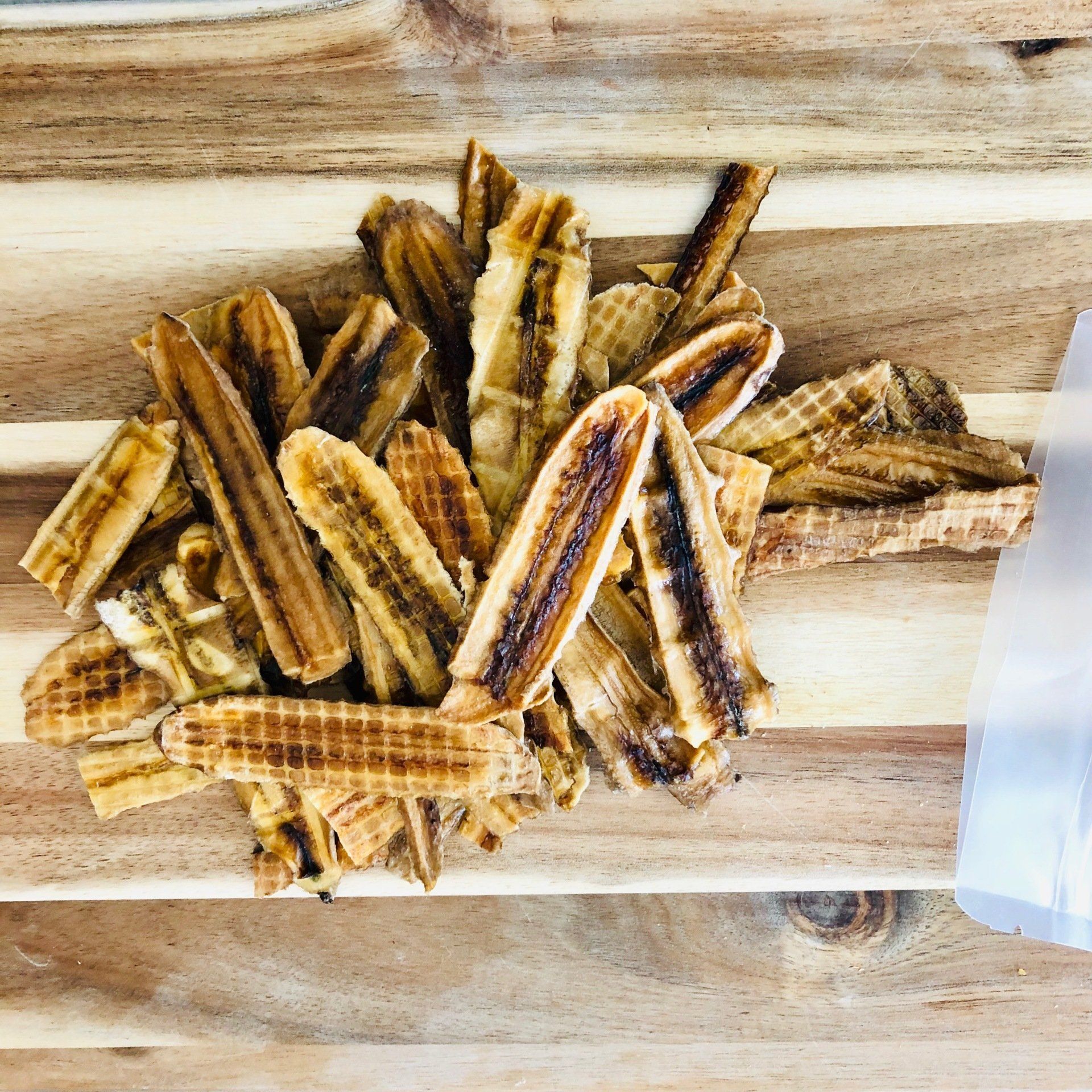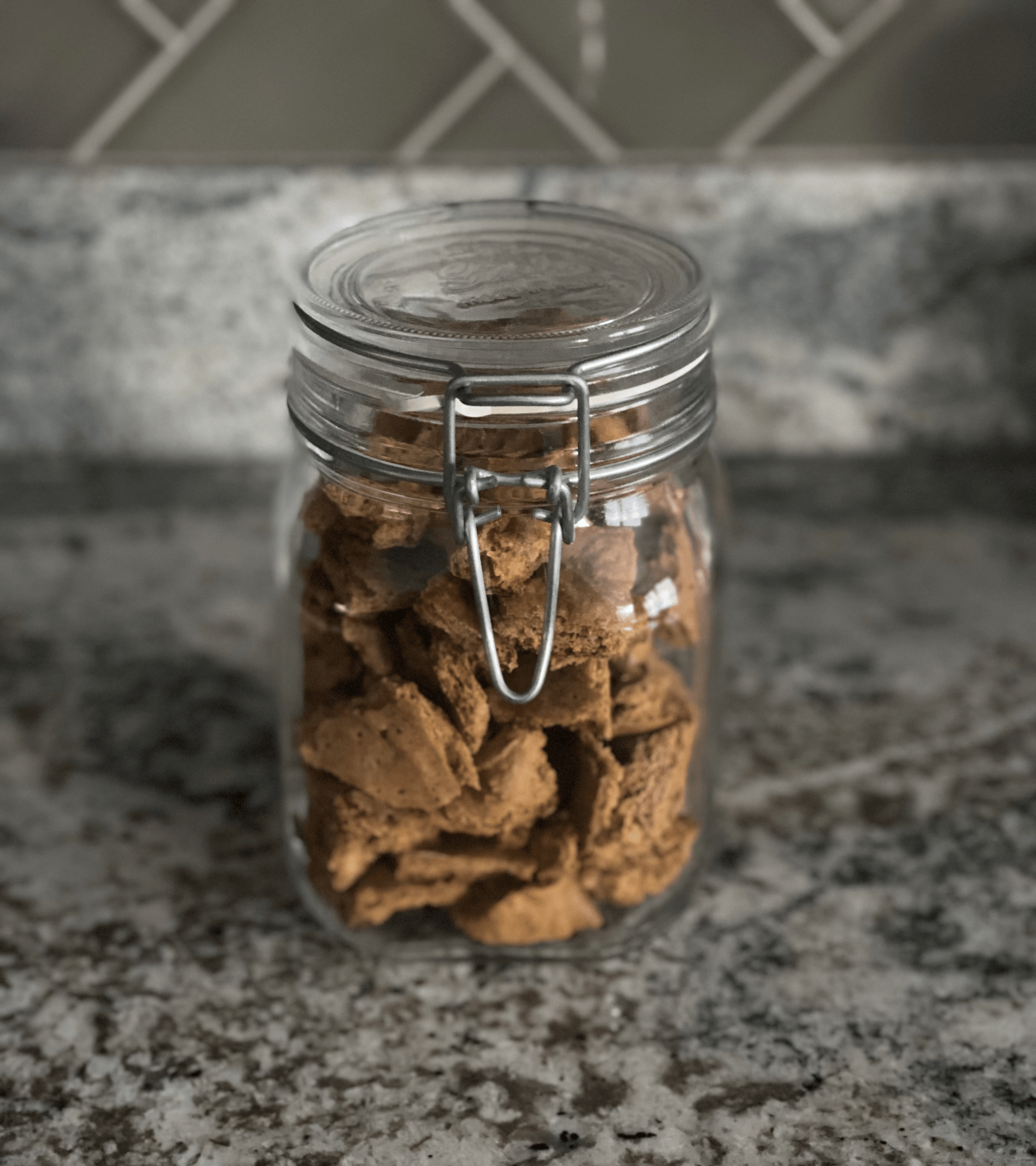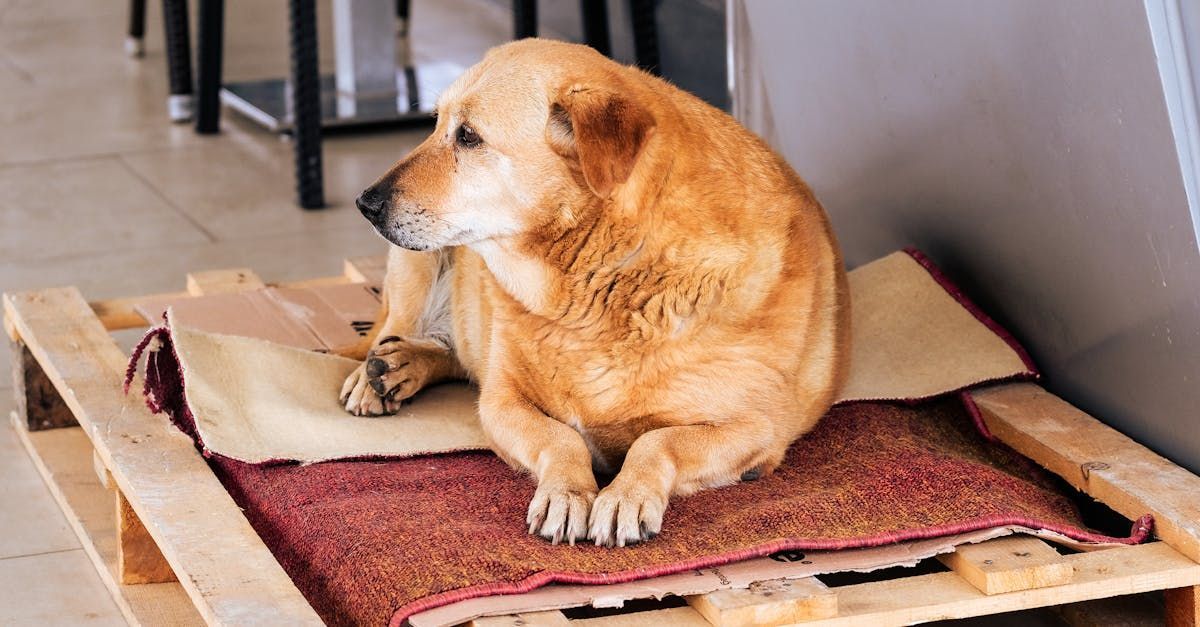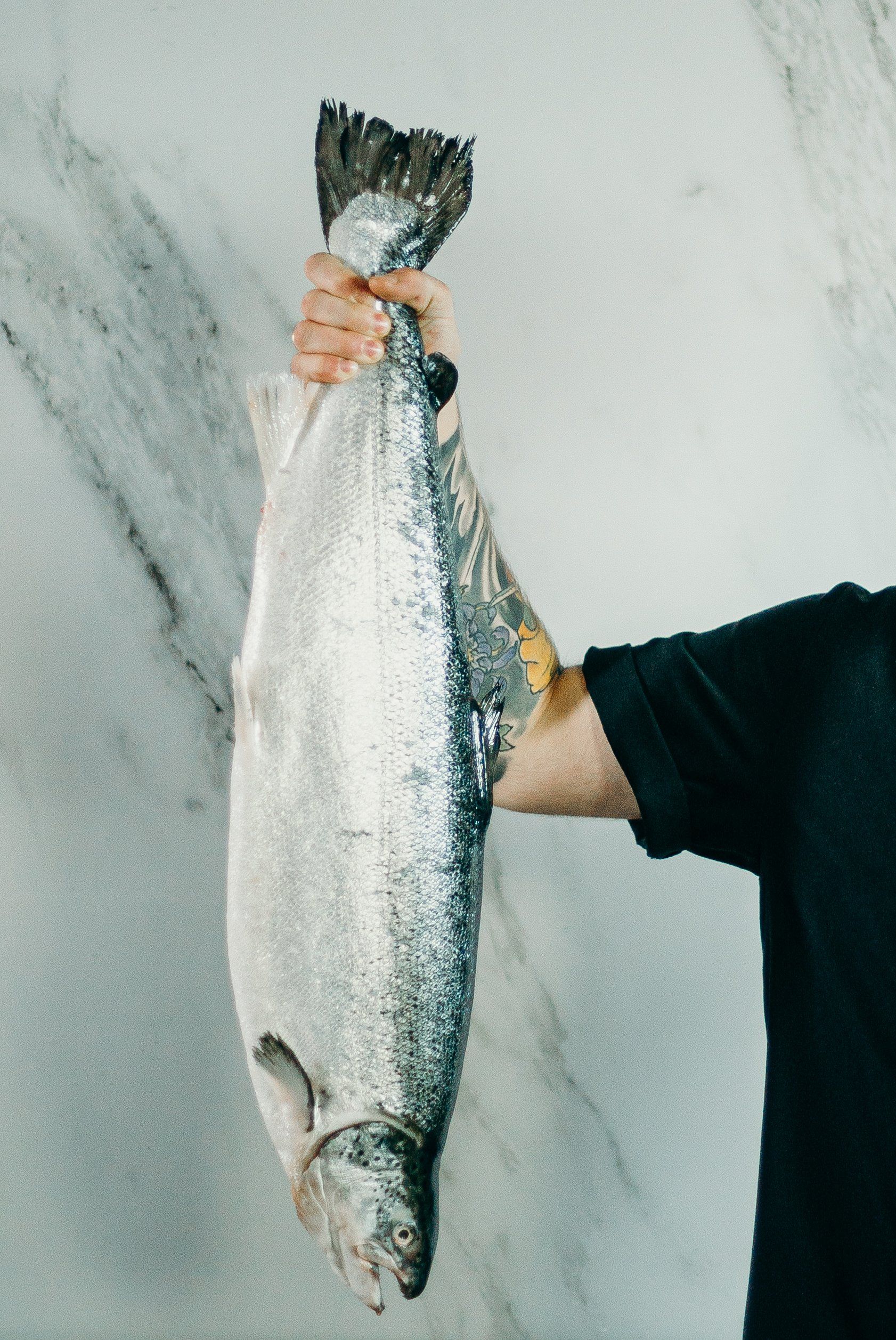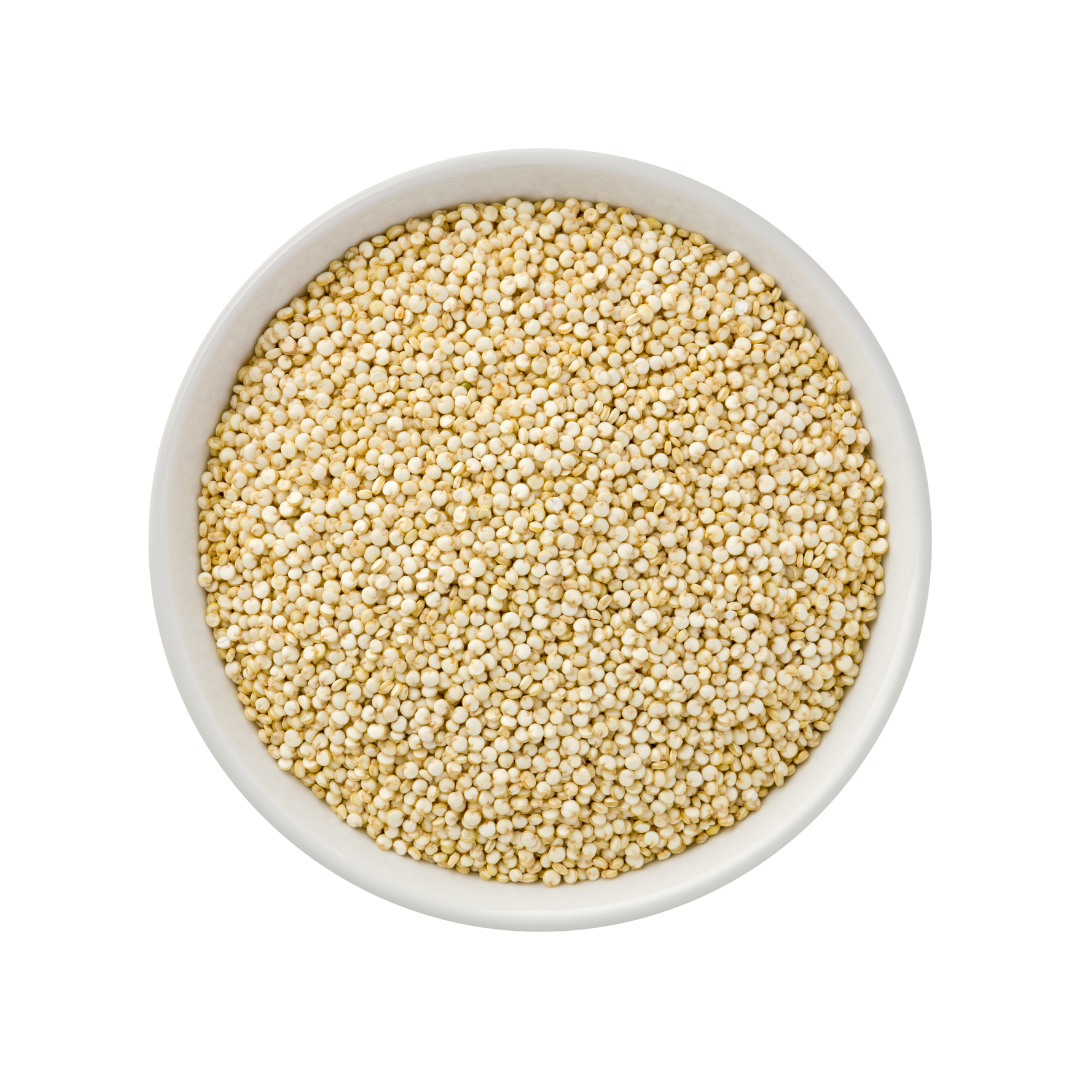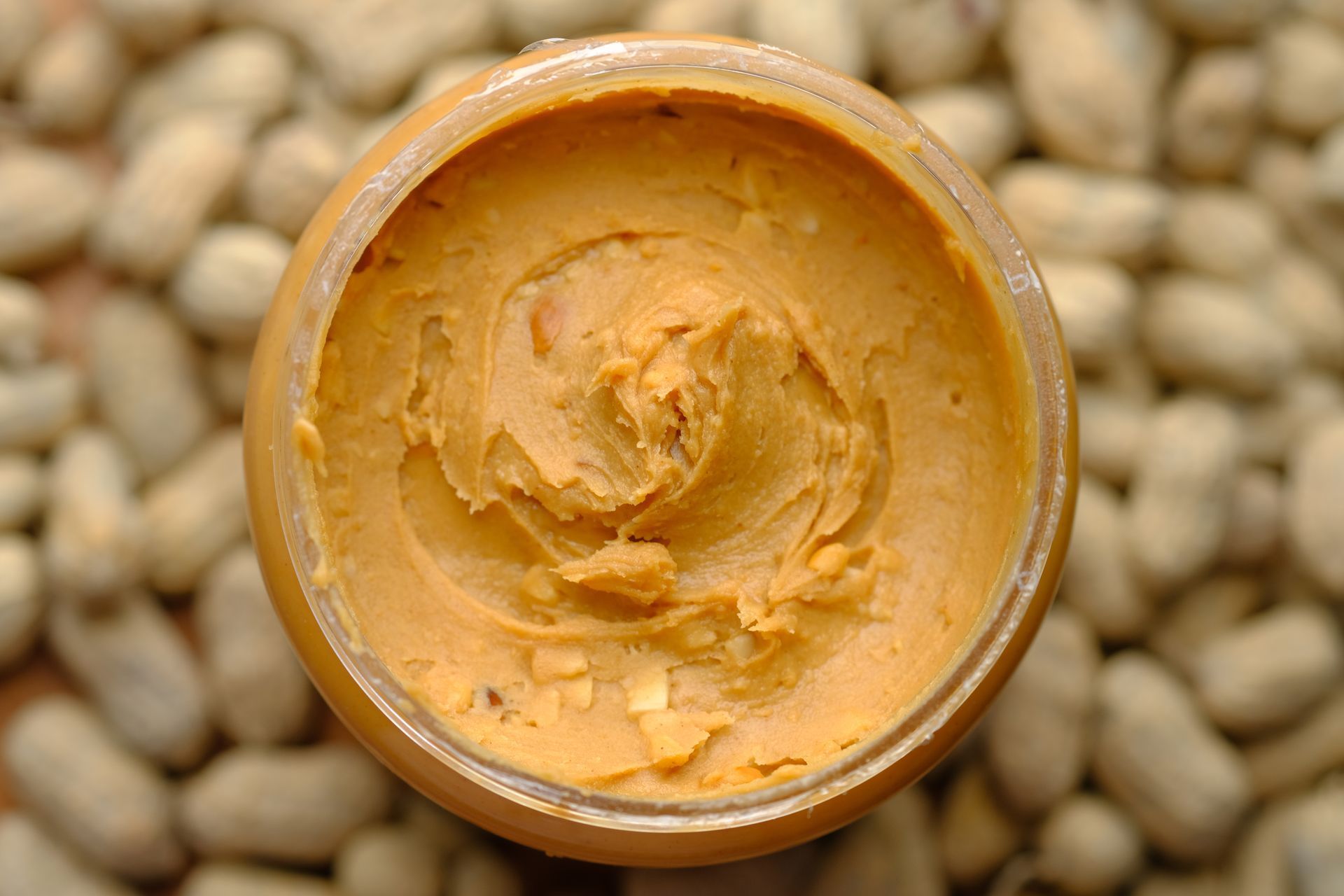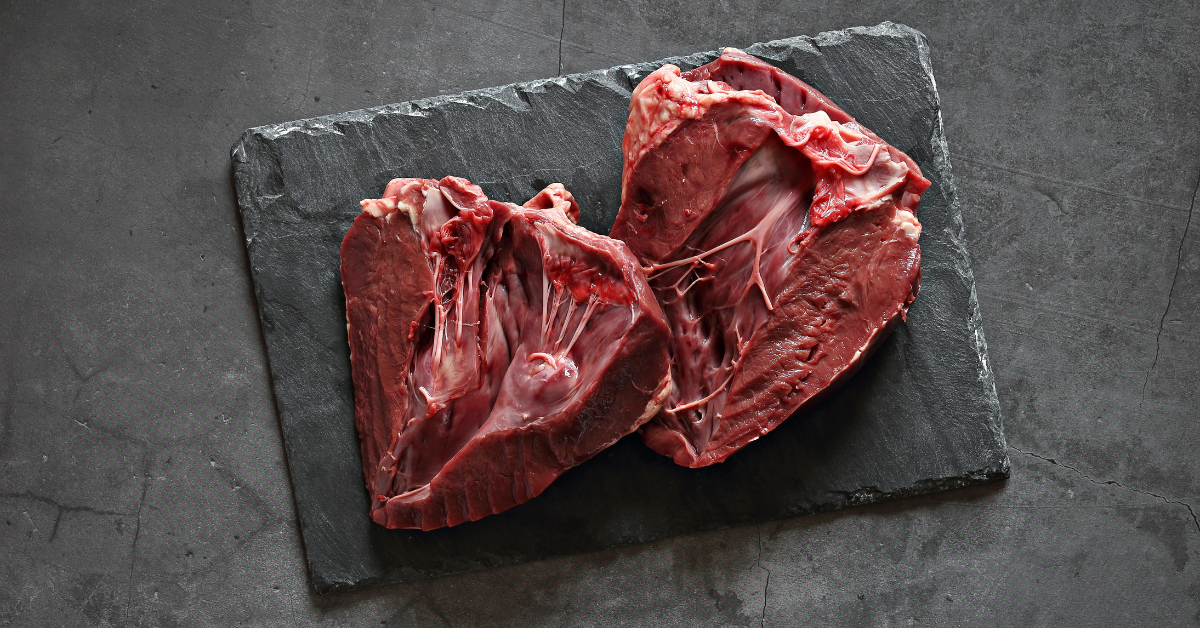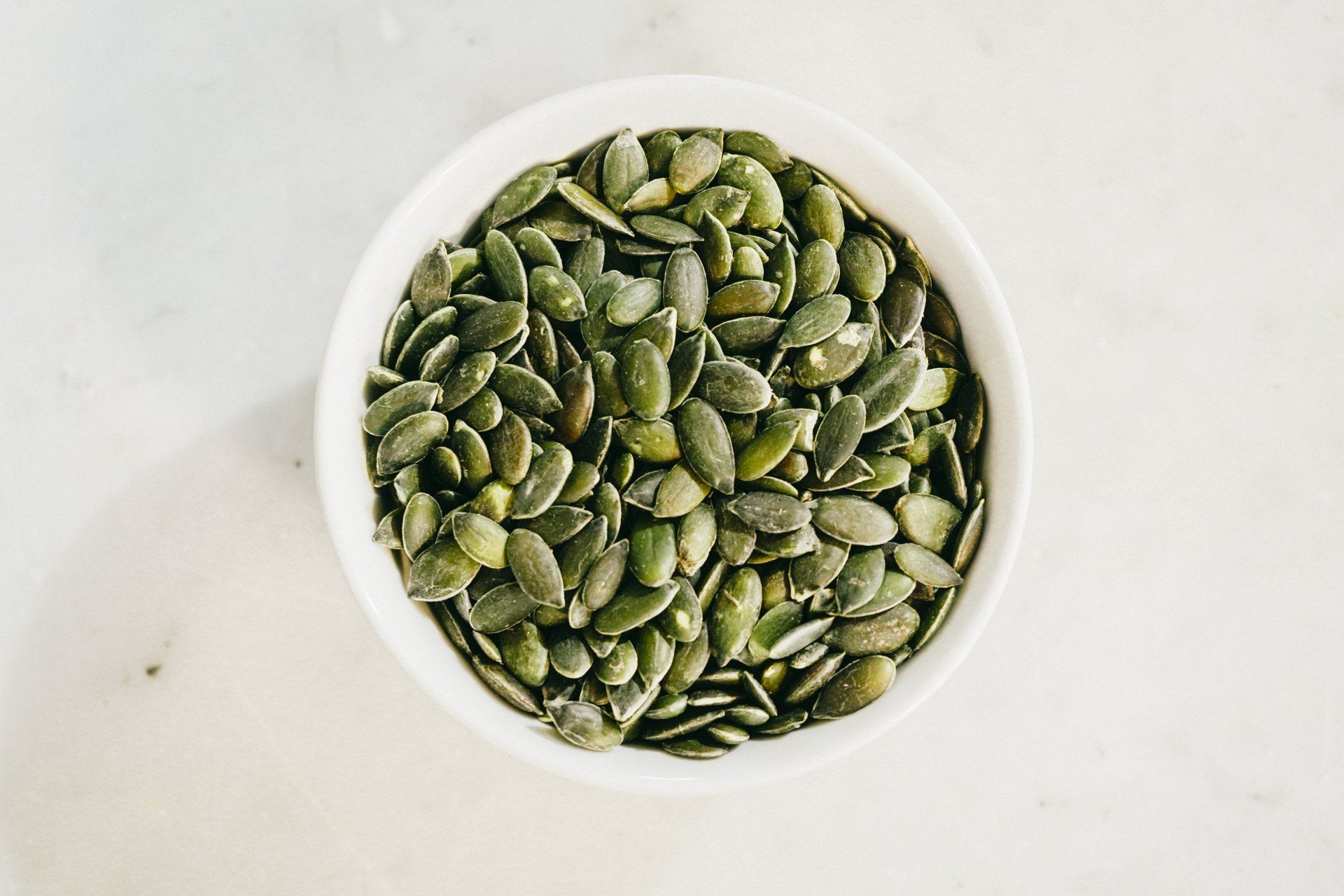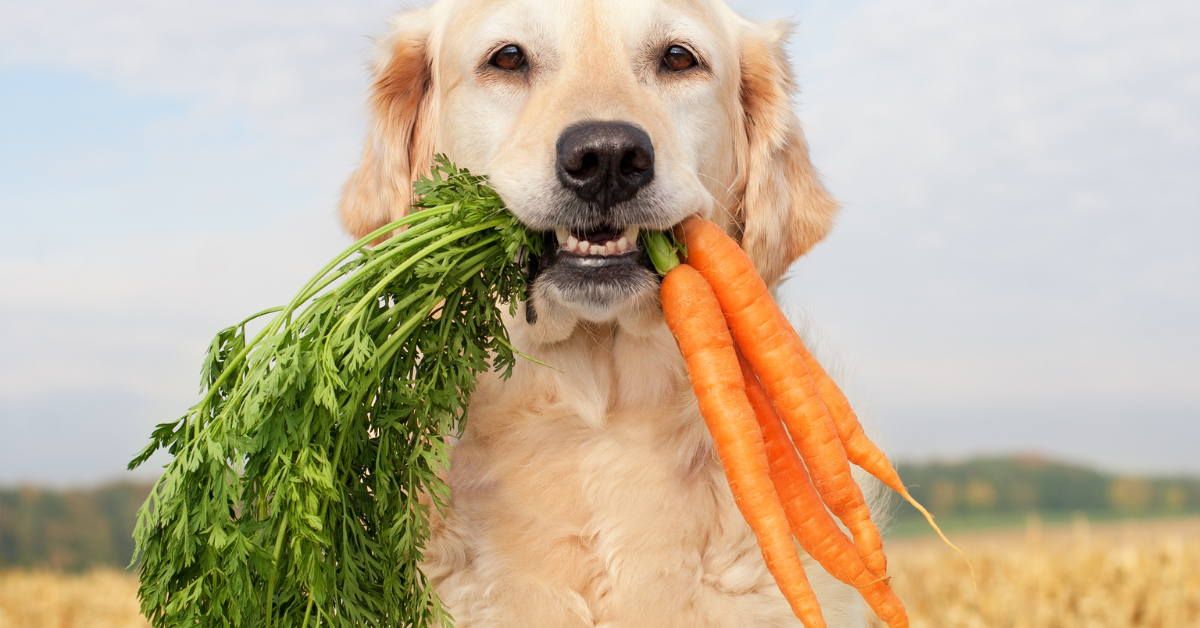Providing your dog with a homemade diet can offer more control over healthy ingredients and potentially be more customized to your dog's specific needs. But how do you ensure your dog's nutritional requirements are being met when creating meals at home? It's a little more complicated than simply ensuring they get enough calories!
The Potential Dangers of Nutritional Deficiencies
As we've discussed on Fido's Bowl, homemade diets can present some challenges. For instance, ensuring proper calcium levels is critical, and a deficiency can have serious, even life-threatening, consequences. Likewise, while fatty acids are essential, the right balance is crucial.
That's just the start – your dog also needs adequate levels of magnesium, iodine, vitamin A, folic acid, vitamin B12, and countless other vitamins and minerals.
Unfortunately, even if you're providing enough calories, making sure your dog receives the optimal amount of each necessary nutrient requires research and careful planning.
The NRC Nutrient Requirements
The National Research Council (NRC) published its Nutrient Requirements of Dogs and Cats in 2006. This extensive guide is an excellent resource for anyone interested in making balanced homemade dog food. If you're seriously considering this journey, purchasing a copy of this book is a wise investment.
- The National Research Council (NRC) is a group of scientists and experts specializing in animal nutrition. Their publication, "Nutrient Requirements of Dogs and Cats," is considered the most authoritative resource for understanding the dietary needs of dogs.
- Think of the NRC guidelines as a comprehensive nutritional blueprint for your dog. It outlines the specific amounts of essential nutrients that dogs require for optimal health
Breakdown of the NRC Guidelines
The NRC divides the requirements into multiple sections, including:
- Protein: Crucial for growth, tissue repair, and overall health.
- Fat: Provides energy, aids in vitamin absorption, and supports healthy skin and coat.
- Minerals: Essential for various bodily functions such as bone development, fluid balance, and enzyme function.
- Vitamins: Vital for a wide range of bodily processes, including immune function, vision, and cell growth.
Within each section, you'll find a detailed list of the specific nutrients a dog requires. For each nutrient, there are a few key numbers and terms to understand:
- Recommended Daily Allowance (RDA): The amount of a specific nutrient your dog should ideally consume each day.
- Minimum Requirement: For a few key nutrients (like calcium), a minimum amount is specified. This represents the bare minimum your dog should receive each day, with the RDA being the preferred amount.
- Maximum Requirement: Some nutrients, like vitamin A, have a maximum safe level. Excesses can be toxic and have negative health consequences.
Tailoring the Requirements to Your Dog
The NRC establishes detailed nutrient requirements for adult dogs. It's critical to note that these numbers are based on a dog with an energy requirement of 1,000 calories per day. Meaning, you'll need to adjust these numbers accordingly, using calculations based on your dog's individual weight and caloric needs.
- The NRC Recipe: The NRC guidelines are like a recipe designed for a dog that needs 1,000 calories a day.
- Your Dog's Needs: Now, let's imagine your dog is smaller and only needs 800 calories per day.
- Making Adjustments: Since your dog needs 800 calories instead of 1000, the nutritional requirements needs to be adjusted for your dog.
How to Make Adjustments
Step 1: Estimate Your Dog's Caloric Needs: Calculating your dog's daily caloric intake is crucial for appropriately tailoring NRC recommendations. Two helpful resources are:
- Maintenance Energy Requirement (MER): Online calculators and charts often utilize this MER formula for an initial estimate.
- Fido's Bowl Article on Homemade Portion Sizing: Our own article, "Estimating Homemade Dog Food Portions", delves deeper into portion calculations, offering valuable insight and online calculator resources.
Step 2: Adjusting NRC Recommendations Based on Calorie Requirement: NRC guidelines are based on a dog with a 1,000-calorie daily requirement. Let's illustrate how to adjust them for your dog:
- Example: Calcium
NRC Guidelines: Says that a dog who requires 1,000 calories per day should have a recommended allowance of 1 gram of calcium per day.
Example: Now, lets say that you calculated your dogs caloric requirements and your dog only requires 800 calories a day. Thats 200 calories less than the guidelines are shown for, therefore, 1 gram of calcium per day is too much for your dog. To calculate, we would take 800 calories / 1000 calories = 0.8. Then we would 1 gram and multiply it 0.8. to find out how much YOUR dog needs. That means your dog would need 0.8 grams of calcium each day.
- (800/1000 calories) = 0.8
- 0.8 x 1 gram of calcium = 0.8 grams of calcium.
Meeting Your Dogs Nutritional Needs
Understanding the NRC requirements is just the first step. Translating those numbers into actual food choices can feel overwhelming. Let's use copper as an example to illustrate this process.
Example: Finding Zinc-Rich Foods:
Now lets say you have calculated the NRC requirements based on your dogs needs and the NRC recommends your dog needs 15 mg of zinc daily. Your first step is to identify foods rich in zinc. Excellent options include:
- Meat: Beef liver, eggs
- Legumes: Lentils, chickpeas
Adding these foods to your dogs diet seem like a straightforward solution, right? Not quite.
The Challenge of Proportions:
As discussed in our earlier article, "Homemade Dog Food: Ingredient Ratios and Why Variety Matters", a well-rounded homemade diet should maintain specific ratios:
- 60-80% meat
- 0-20% fruits and vegetables
- 0-20% grains
- Up to 5% organ meats (like liver)
While beef liver stands out as a zinc rich food, beef liver falls into the organ meat category which should not exceed 5% of diet. According to Fooddata Central, one would need to consume over 12 ounces of beef liver to consume 15 mg of zinc. That surely is not healthy and could be extremely dangerous.
Remember, there is a 5% limit on organ meats because they are high in certain vitamins that can result in vitamin toxicity if too much is consumed. Therefore you simply cannot feed an excess of liver, hoping to meet this zinc allowance. Basing your dog's entire diet on liver to meet the zinc requirement is unrealistic and potentially detrimental due to the importance of a varied diet for overall health.
Overcoming the Obstacle:
So, how do you ensure your dog receives the necessary zinc without exceeding the recommended organ meat intake? Here's a multi-pronged approach:
1. Diversify Copper Sources:
- Explore other food groups: Include other zinc-rich options like eggs, legumes within the recommended proportions for each category.
- Rotate ingredients: Introduce different zinc-rich foods throughout the week to create a varied diet.
2. Consider Supplements (Consult Your Vet First):
- Under your veterinarian's guidance, explore multivitamins or supplements designed to support homemade diets.
Myth of Daily Perfection
While the NRC guidelines provide a valuable roadmap, achieving perfect balance in every single meal for your dog can be unrealistic and counterproductive. Here's why:
1. The NRC is a Baseline: The NRC requirements are established based on averages and general needs. Individual dogs may have slightly different requirements based on factors like age, activity level, and breed-specific needs.
2. Focus on the Big Picture: Aiming for a balanced and varied diet over time is more important than achieving mathematical precision in every meal. Think of it like creating a healthy and diverse picture with the different food groups as your "brushstrokes." Each meal doesn't need to be a perfect masterpiece; it's the overall composition that matters.
3. The Body's Natural Regulation: Your dog's body is surprisingly capable of regulating nutrient intake and storage over time. Even if one meal isn't perfectly balanced, the body can adjust by absorbing more or less of specific nutrients in subsequent meals to maintain overall equilibrium.
4. The Stress Factor: Obsessing over every single detail and striving for daily perfection can quickly become stressful for you and your furry friend. Enjoy the process of creating a healthy diet and trust that providing a variety of nutritious options over time will meet your dog's needs.
5. Flexibility is Key: Life throws curveballs. Unexpected situations like travel or illness may disrupt your perfectly planned meal schedule. Don't beat yourself up if you can't stick to the plan every day. The key is to get back on track as soon as possible and maintain a balanced approach in the long run.
Remember:
- As always consult your veterinarian for personalized guidance and before making changes to your dogs diet and address any specific concerns you might have about your dog's dietary needs.


